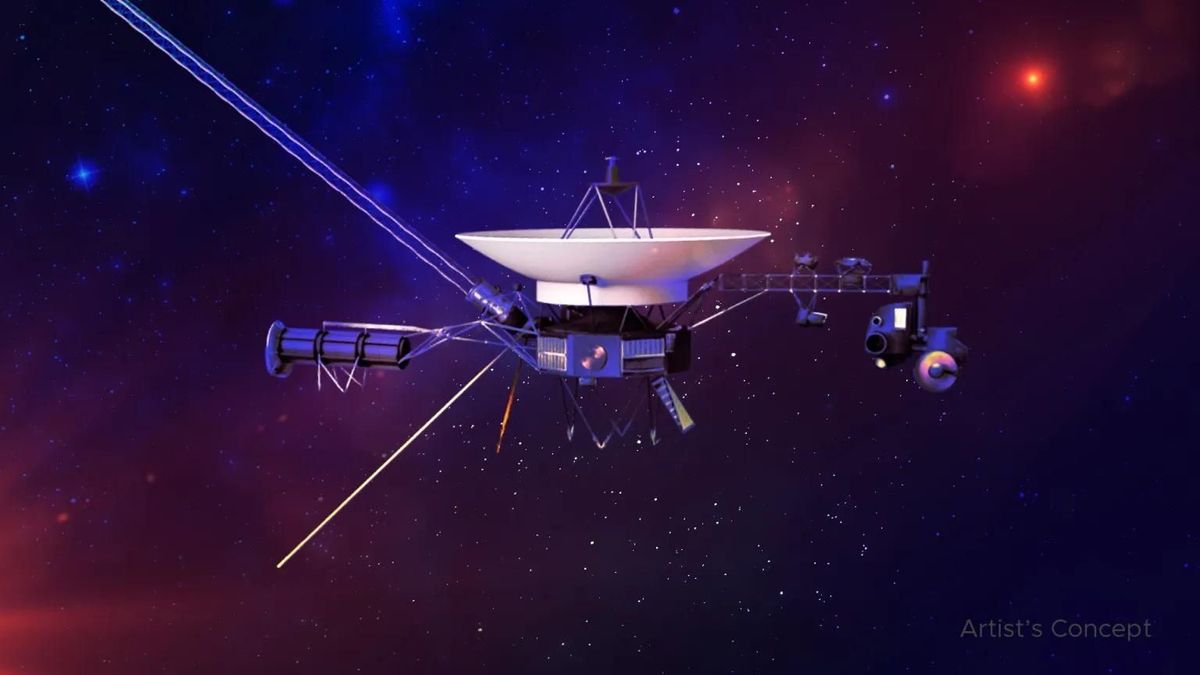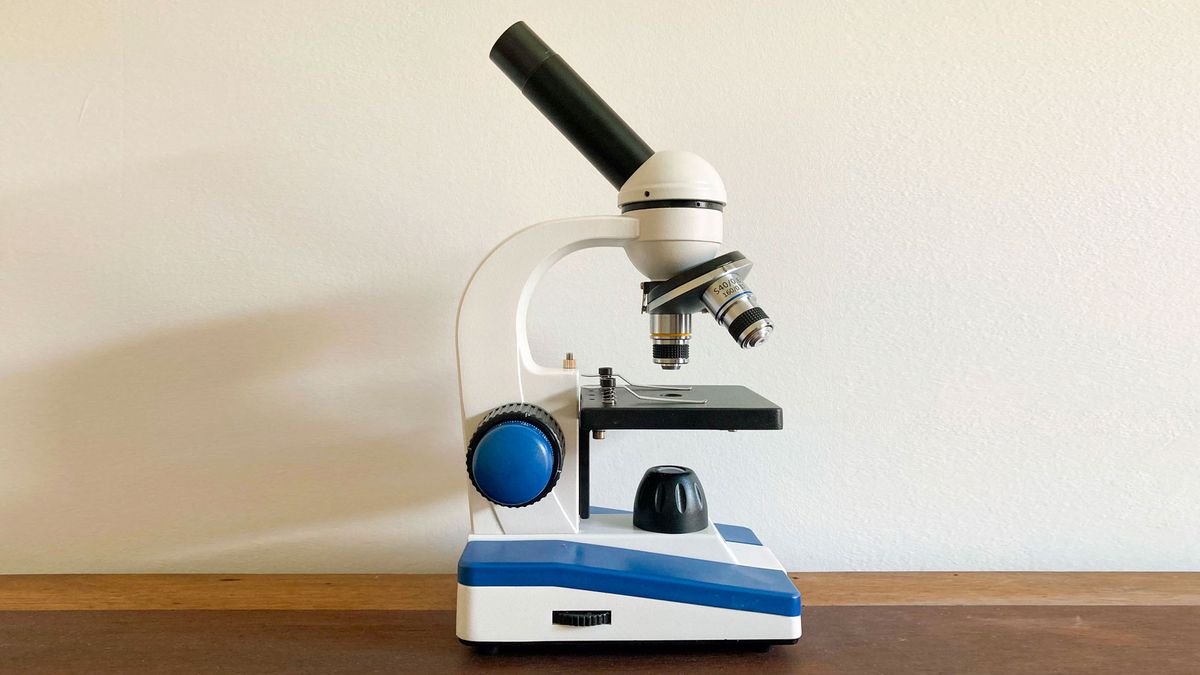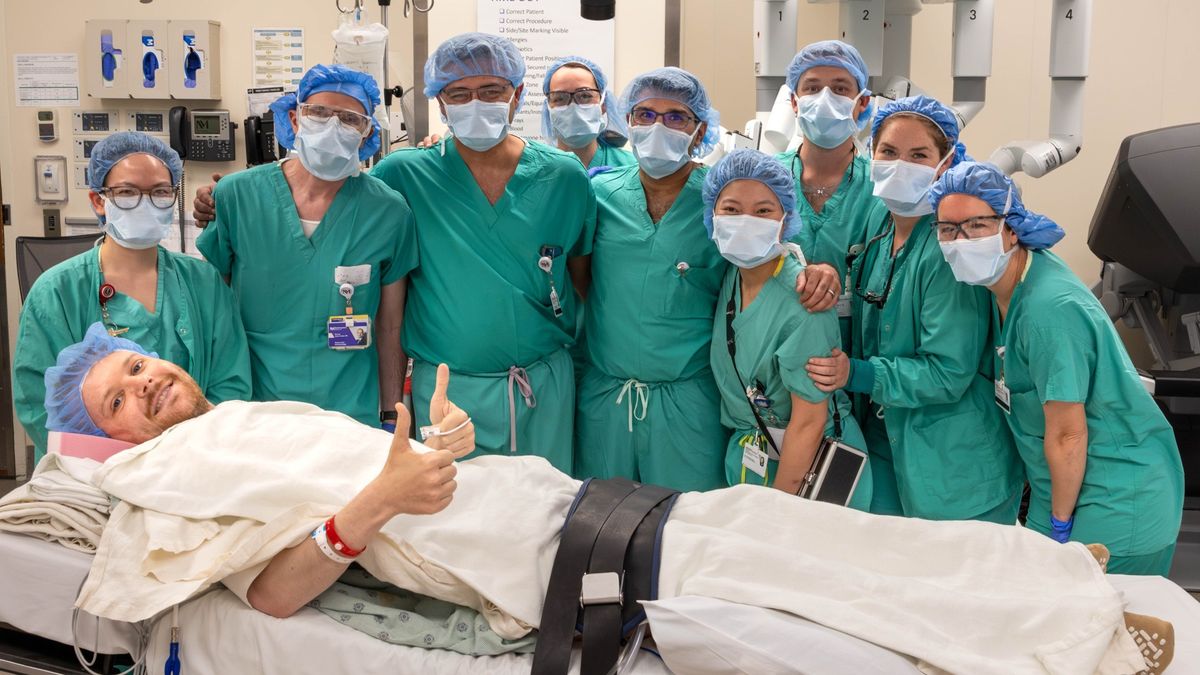NASA’s Voyager 1 interstellar probe is finally returning usable data from all four of its science instruments, scientists say.
The fix comes seven months after the probe went off the rails and started talking gibberish, NASA representatives said in a statement on June 13.
The spacecraft went haywire in November 2023 and began sending nonsensical signals following a technical issue with one of its three onboard computers. Engineers partially resolved the glitch in April after sending a command to Voyager 1’s flight data subsystem (FDS), which is responsible for neatly packaging science data before the spacecraft transmits them to Earth. The command prompted Voyager 1 to send back its first readable message in four months, enabling engineers to locate the problem.
After locating the glitch on a single computer chip, the team then devised a workaround to alter the FDS’ code remotely — from billions of miles away — and begin restoring Voyager’s instruments to working order.
Related: Planet Nine: Is the search for this elusive world nearly over?
Two of Voyager 1’s four science instruments resumed returning usable data in May, and after some further tinkering, all four are now back in business, the agency said. The instruments are responsible for gathering information about plasma waves, magnetic fields and particles in interstellar space.
While Voyager 1’s data systems are back up and running, further work is needed to fully restore the spacecraft, according to the statement. Engineers still need to resynchronize timekeeping software that enables all three onboard computers to execute commands at the same time, for example. The team will also perform maintenance on the probe’s digital tape recorder, which stores data for the plasma wave instrument.
Voyager 1 is zooming through interstellar space more than 15 billion miles (24 billion kilometers) from Earth. Interstellar space is the region outside the heliosphere — the protective bubble created by the sun’s magnetic fields and winds. The spacecraft is so far away, engineers have to wait 22.5 hours for their commands to reach it and another 22.5 hours for the response.
Voyager 1 and its twin probe, Voyager 2, have been cruising through space for nearly 47 years. They are NASA’s longest-running spacecraft and the most distant human-made objects in existence.















